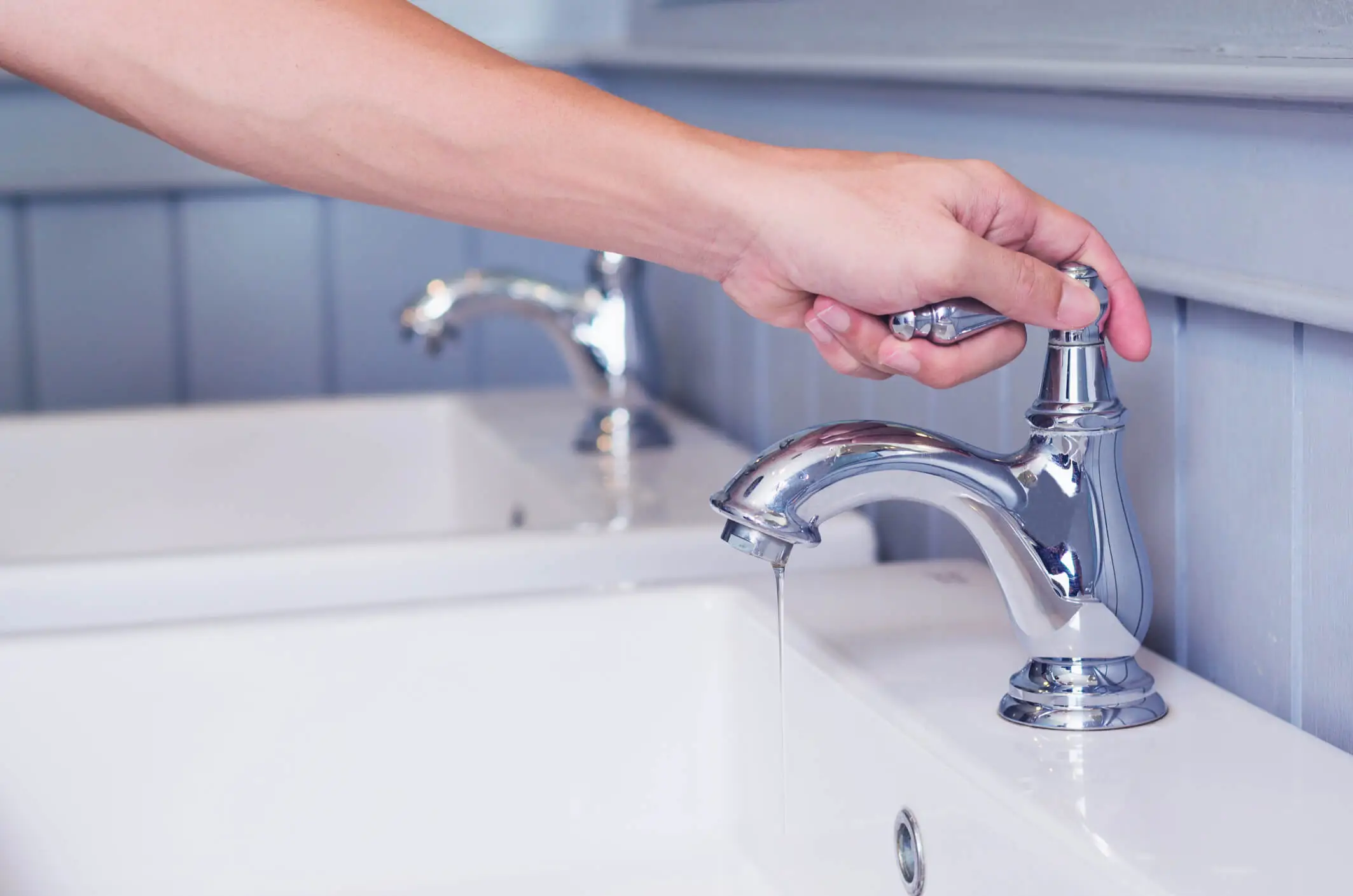
Indoor spigots have brought water to your sink for longer than you’d think. The earliest examples date back to palaces in 1700 BC, where water flowed through fixtures of marble and gold. Today water comes into your home through one of the four types of fixtures listed below.
Compression Faucets
Compression faucets have two handles or knobs, one that controls the hot water and one that controls the cold. Like a screw, you turn the handle to the left to begin the flow of water and to the right to the left to close it off. This compresses a flexible washer that forms a watertight seal.
One of the few drawbacks to this faucet is that the washer will eventually wear and need to be replaced.
Ball Faucets
These faucets dispense with the washer. Often found in the kitchen sink, they have a single lever that rotates on a ball joint and springs, both up and down and back and forth. The internal ball is slotted, which allows the hot and cold water to mix and also controls the water pressure. While not as leak-prone as a compression fixture, its many moving parts will eventually give way.
Cartridge Faucets
The next step in the evolution of plumbing came in the form of the cartridge — a hollow metal cylinder that moves to cover or open the holes that water comes through. The cartridge rotates to control the amounts of hot or cold water. These faucets can have either one or two handles, but since the handle is not tightened down in a compression mechanism, they do not require a lot of strength to manipulate.
Ceramic Disc Faucets
The newest and most reliable type of faucet is made with two ceramic discs located inside a cartridge. One disc is stationary and the other moves across it to control water flow. They can have one or two handles. While they may be the most expensive, they do come with a lifetime warranty.
Call Mr. Rooter of Central PA today!

